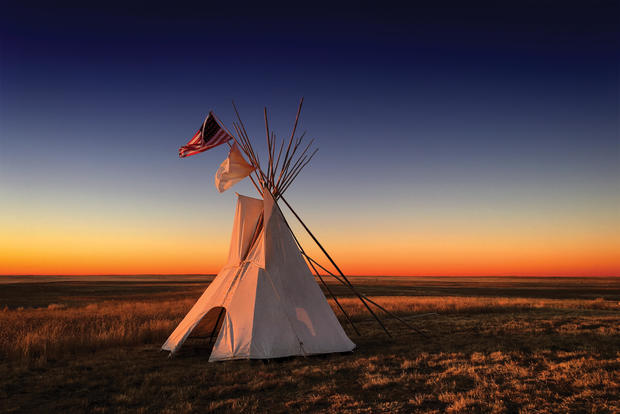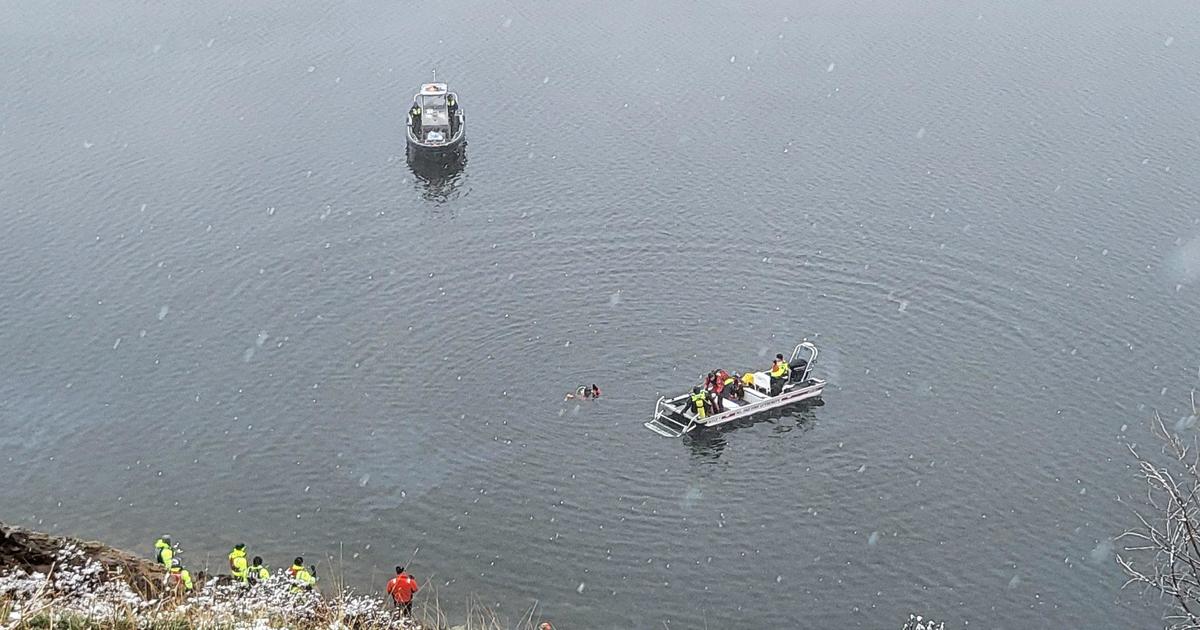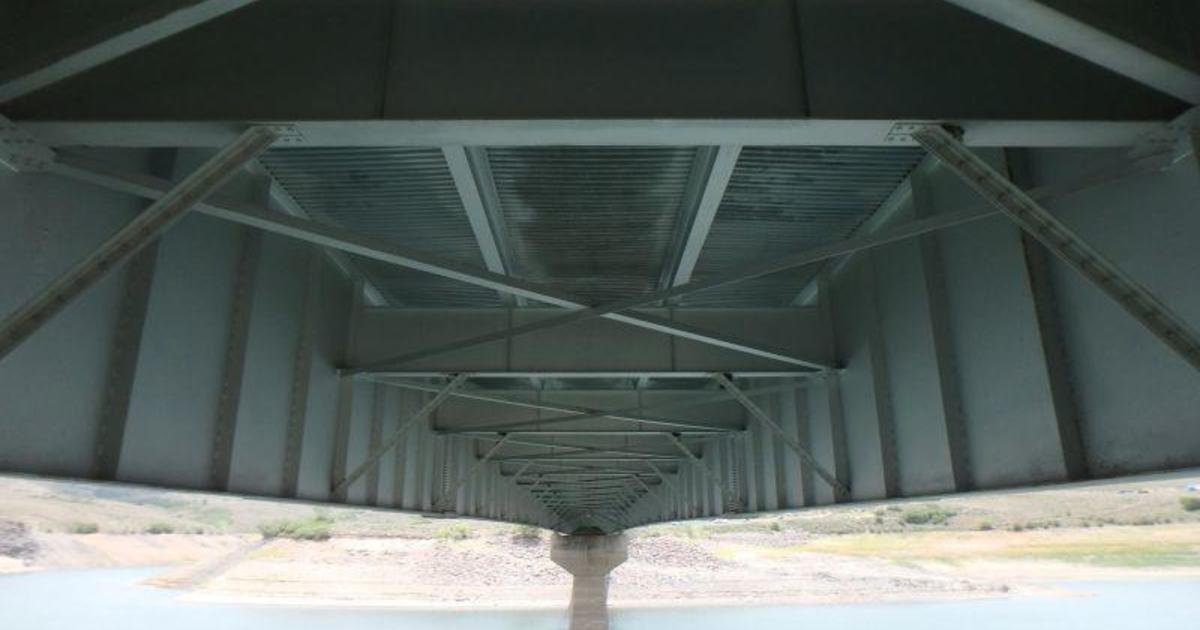History Colorado works with tribal leaders to create Sand Creek Massacre exhibit
This fall, History Colorado will open a new exhibit on the Sand Creek Massacre that's been ten years in the making.
"The Sand Creek Massacre: The Betrayal that Changed Cheyenne and Arapaho People Forever" will recount the deadliest day in Colorado history, November 29, 1864.
That's when U.S. troops attacked a peaceful village of Cheyenne and Arapaho who were promised military protection. More than 230 women, children and elders were killed.
In a news release announcing the exhibit, the museum explained a previous exhibit that opened in 2012 was closed because of what it called "inadequate tribal consultation."
In the past decade, the museum staff have worked closely with the descendants of the massacre's victims to re-establish their relationship and create this exhibit.
"We've had difficult times in the past with History Colorado. This exhibition shows commitment and dedication," stated Otto Braided Hair, Jr. (Northern Cheyenne) in that release.
History Colorado is using tribal accounts and oral histories from the survivors of the massacre.
"This exhibition will include information about the lives of the Cheyenne and Arapaho people before the Massacre, life today and our efforts to remember the Massacre," Fred Mosqueda (Southern Arapaho), a tribal historian and Sand Creek descendant, explained in the release.
This project will spotlight the living culture of the Cheyenne and Arapaho, two tribes bound together by the tragedy at Sand Creek. They were forced to leave Colorado after the massacre.
Today they are three sovereign tribal nations living in Montana, Oklahoma and Wyoming. The exhibit ends by focusing on those nations as they continue to commemorate, educate and heal.
"It was genocide. We need to educate the people and heal our people so that something like this won't happen again," said Chester Whiteman (Southern Cheyenne), "I hope this exhibit will get people to understand that we're all human."
"The Sand Creek Massacre is sacred," said Gail Ridgely (Northern Arapaho). "Historic remembrance, educational awareness and spiritual healing are very important for the Cheyenne and Arapaho people."
Visitors will be able to see historic and contemporary objects from Cheyenne culture and traditions as well as photographs and artifacts representing the Arapaho people. They will also be able to listen to the oral histories from the descendants of the massacre and the letters written by soldiers who refused orders to attack.
Tribal representatives are vetting and approving each element of the exhibits. That includes honoring their request not to include any artifacts from the day or the site of the massacre in the exhibit.
"The Sand Creek Massacre is a Colorado tragedy with national importance," Sam Bock, historian and lead exhibit developer for this exhibition, said in the release. "The soldiers who attacked the peaceful camp were U.S. troops, raised under the Union banner during the Civil War. Their goal was to exterminate the original people of this land."
In that same release, Shannon Voirol, Sand Creek Massacre project director at History Colorado said, "The Sand Creek Massacre exhibition will demonstrate that people can work humbly together to remember and begin to heal from atrocities and betrayals such as this. It will also offer universal, timely lessons that fear, racism and stereotyping can, and do, lead to catastrophic consequences."




